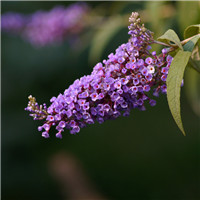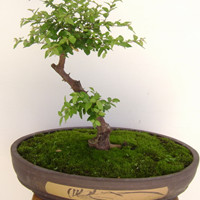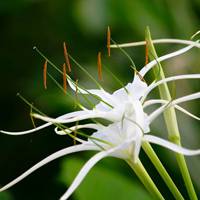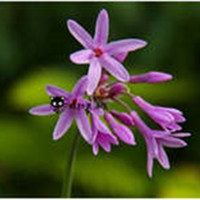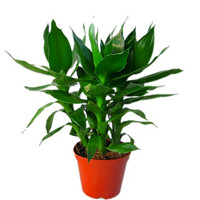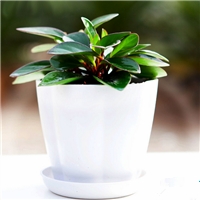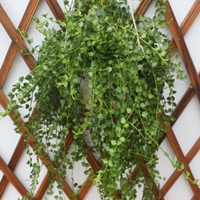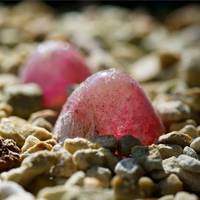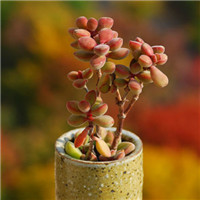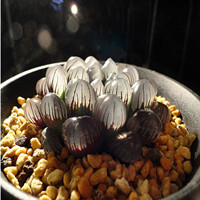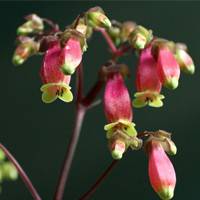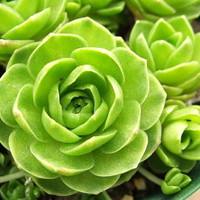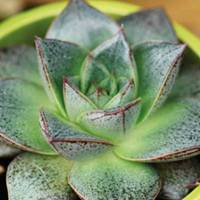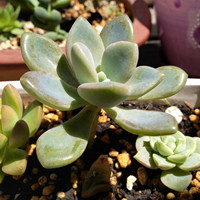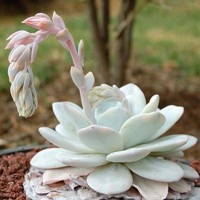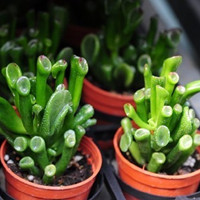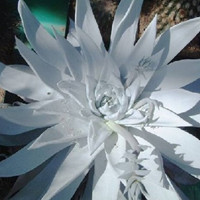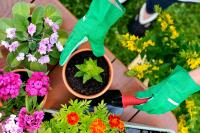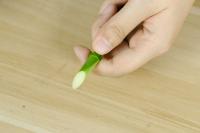Introduction
Tomato plants are some of the most popular plants grown in outdoor gardens. However, their success is highly dependent on how often you water them. In this article, we will discuss how often you should water tomato plants outside to ensure healthy growth and a fruitful harvest.
Factors that Affect the Watering Schedule
Before discussing the ideal watering schedule, it is important to understand the factors that can affect how often you should water your tomato plants. One of the most important factors is the weather. If it is hot and dry outside, your plants will likely need to be watered more frequently than if it is cool and humid. The type of soil you have also plays a role. Sandy soil will require more frequent watering than clay soil, which retains moisture better. Lastly, the type of tomato plant you are growing will impact its watering needs. Determinate varieties, which grow to a certain height and produce a crop all at once, will require less watering than indeterminate varieties, which grow continuously and produce fruit throughout the growing season.
Watering Schedule for Tomato Plants
Generally speaking, tomato plants need to be watered deeply and consistently. This means that you should water them deeply enough so that the soil is moist at least six inches below the surface. You should also strive to water them consistently, as fluctuations in moisture levels can cause stress to the plant and negatively impact its fruiting. In general, tomato plants should be watered once a week in moderate temperatures, but should be watered twice a week in hot, dry weather. It is important to note, however, that these are general guidelines and your plants may require more or less watering depending on the aforementioned factors.
Watering Techniques for Tomato Plants
There are a few different techniques you can use to water your tomato plants outside. One is to use a soaker hose or drip irrigation system, which releases water slowly and helps to conserve moisture in the soil. Another technique is to water the plants directly at the base, rather than using a sprinkler, as this can help to prevent diseases from spreading. Lastly, it is important to avoid watering your plants from above, as this can cause the leaves to become wet, which can also promote disease.
Conclusion
With proper watering, your tomato plants can thrive and produce a bountiful harvest. Remember to take into account the weather, soil type, and tomato variety when determining how often to water your plants. In general, aim for deep, consistent watering once or twice a week, and use techniques like drip irrigation and watering at the base of the plant to help conserve moisture and prevent disease.

 how many times do yo...
how many times do yo...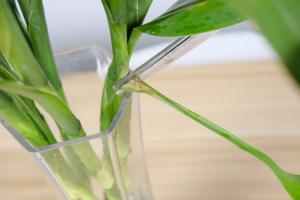 how many planted tre...
how many planted tre...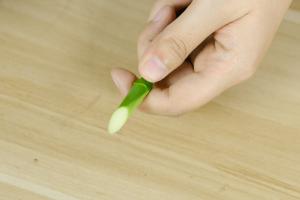 how many pine trees ...
how many pine trees ... how many pecan trees...
how many pecan trees... how many plants comp...
how many plants comp...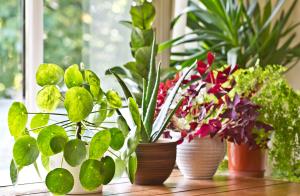 how many plants can ...
how many plants can ...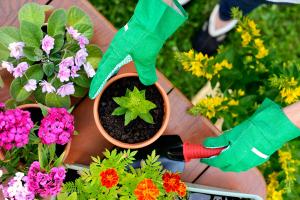 how many plants and ...
how many plants and ...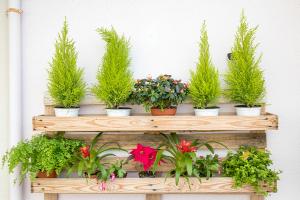 how many pepper plan...
how many pepper plan...
